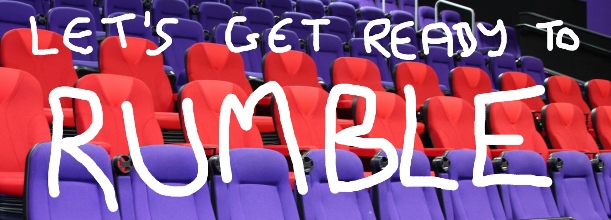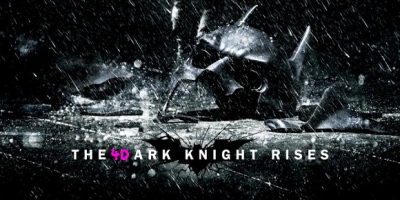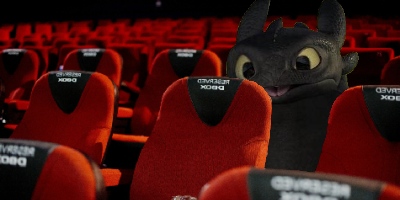Thinking outside the D-Box – BFF goes four-dimensional

‘Gimmick’ has become something of a dirty word in film criticism, with each fresh attempt to augment the traditional movie-going experience sneeringly dismissed as unnecessary, or even deleterious. While the latest incarnation of 3D has taken the brunt of this puritanical approach to cinema (note the praise, however, that has been lavished on the IMAX format), the lack of serious attention being paid to D-Box – a Canadian-born technology which allows the audience to ‘feel’ the action taking place onscreen – speaks volumes about its cold reception.
Although already established in its native Canada, the United States and New Zealand, the motion seats only arrived in the UK in March when Cineworld refurbished screen 11 of its Glasgow Renfrew Street site. With a large number of movie releases already compatible with the technology, Cineworld has been able to show a wide variety of the year’s biggest releases in D-Box… for a cost. Despite having missed the likes of Avengers Assemble, Prometheus and The Amazing Spider-Man (I imagine the technology would have served the web-slinging sequences very well indeed), Best for Film bought a ticket for The Dark Knight Rises and went along to see what the (distinct lack of) fuss was all about.
At an additional cost of £4.50 (£5.50 for 3D performances), you can choose between 35 motion seats situated in the centre of the screen. Despite the novelty having presumably worn off the four-month-old system, we still had to book ahead as it routinely sells out. Once in the screen, a series of adverts advise you on the controls — a small dial allows you to choose between four different intensity settings, which can be moderated throughout — while giving you a taste of things to come. As with 3D, it is the flight scenes which really make the most of the technology, and the adverts make use of this to great effect.

Having already seen The Dark Knight Rises, I was sceptical regarding the film’s suitability for the D-Box – or so-called 4D – format due to its considerable duration (what if I didn’t like it?) and lack of any notable action set pieces. Having already witnessed a Batman-themed simulation at Warner Bros. Movie World Germany, however, I was drastically underestimating the refinement and advances that have gone into the motion technology in the years since. D-Box has been implemented incredibly well, enhancing even the quietest scenes with slight turbulence or a physical emulation of swooping camera angles that really work to immerse you in the action. Everything from gunshots, to explosions, to small movements resonate through the seats.
But D-Box is, undeniably, a gimmick; it just depends on whether or not you see value in such novelty enhancements. There is no light loss (as per 3D) and the seats remain active throughout the entire movie (unlike IMAX, which is only used for certain sequences), the technology treading a fine line between becoming an annoyance and fading into the background completely. You’ve paid extra for the experience, after all, the last thing you want is for your body to adapt to the seats and rob you of the unusual sensation, especially when the simulation is of such high quality. For me, at least, it was a welcome addition. I had found the film tedious, overlong and uninvolving upon my first viewing, and the D-Box motion seats were enough to sustain me through a second viewing. Everything a gimmick is supposed to do, really. And you can’t really ask for more than that.

Should the format prove suitably successful in Glasgow, Cineworld has spoken of its plans to implement the technology in other sites around the UK. I recommend giving it a go, particularly if there is a film on release that might particularly benefit from the simulation. I for one will certainly be going again, personally funding the format if I must until the 2014 release of How To Train Your Dragon 2.





Recent Comments